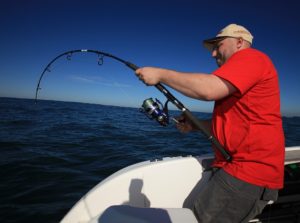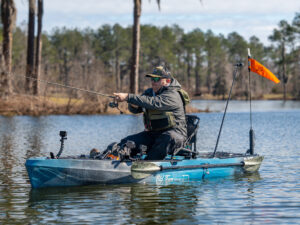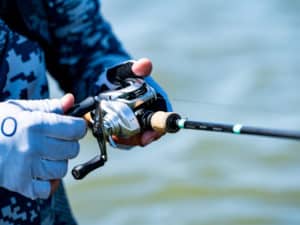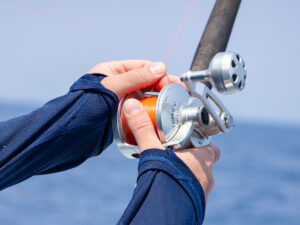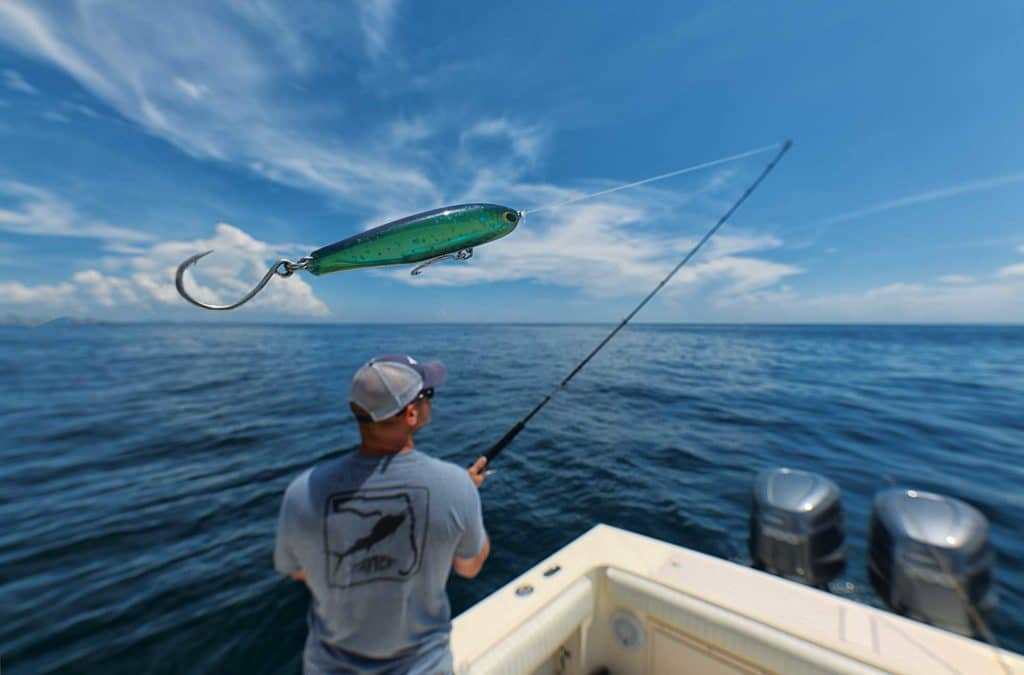
The term “stickbait” — which you definitely won’t find at dictionary.com — remained pretty much unknown to most anglers just a few years ago, particularly in the United States. However, in the past couple of years, an awareness of and demand for stickbaits are growing.
But what is it that makes a stickbait a stickbait?
The answer depends in part on what one is fishing for. Stickbaits have been around for some years among anglers fishing Australasian Pacific waters. But lately, freshwater bass fishermen have appropriated it to describe walk-the-dog topwater plugs or, more commonly, straight worms — essentially narrow cigars of soft plastic.
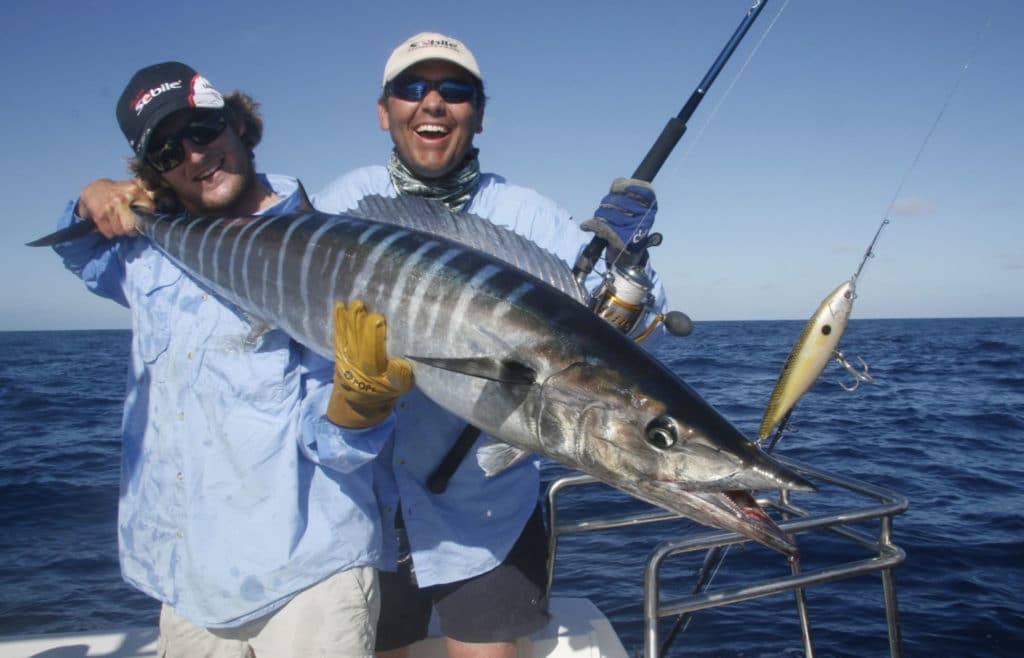
In serious saltwater use, at least, stickbaits are hard plastic or wood lures. To derive a better understanding of these lures, I talked to a number of lure-makers and captains who have stickbait expertise and asked them to define the term.
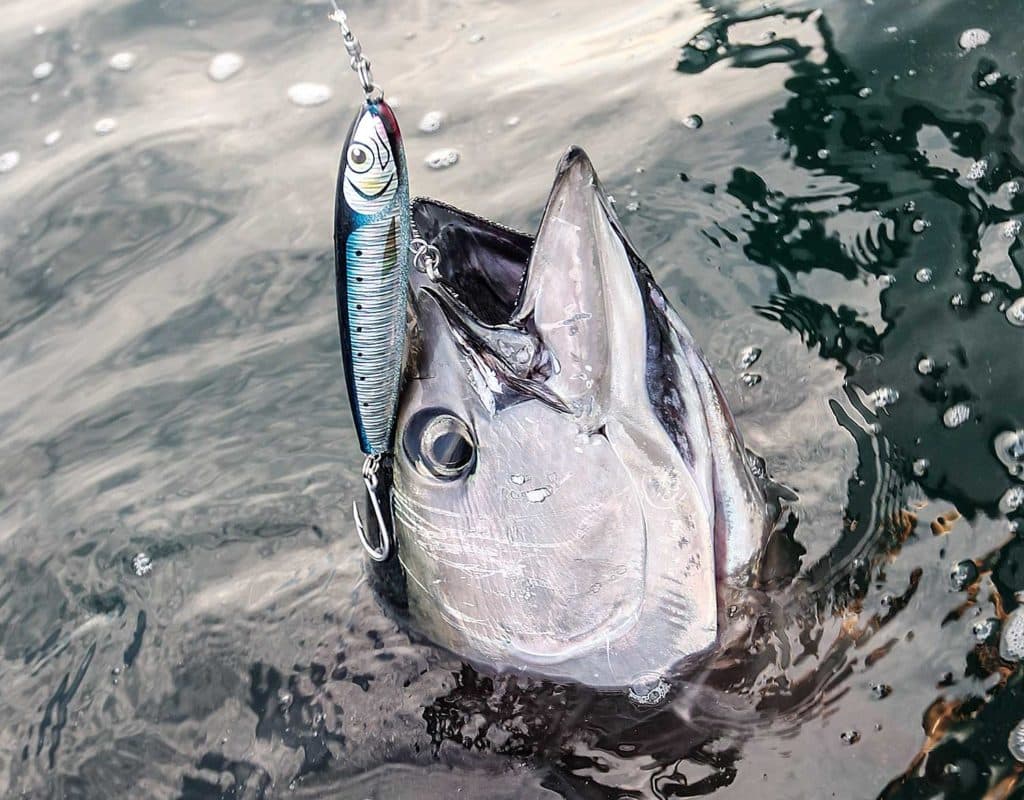
Most seemed to have similar thoughts. To these I added a bit of my own refinements to come up with this as possibly the first published definition of a stickbait:
DEFINITION: A tapered, streamlined plastic lure that sinks or suspends, and is cast a long distance by an angler who might impart a variety of actions and speeds during retrieve.
Note the “tapered, streamlined” descriptors: Stickbaits do not have a lip or bill to add action. That would qualify a minnow lure more as a jerkbait.
And while many consider floating lures to be stickbaits, I have opted here to characterize those as surface plugs, typically of the walk-the-dog type.
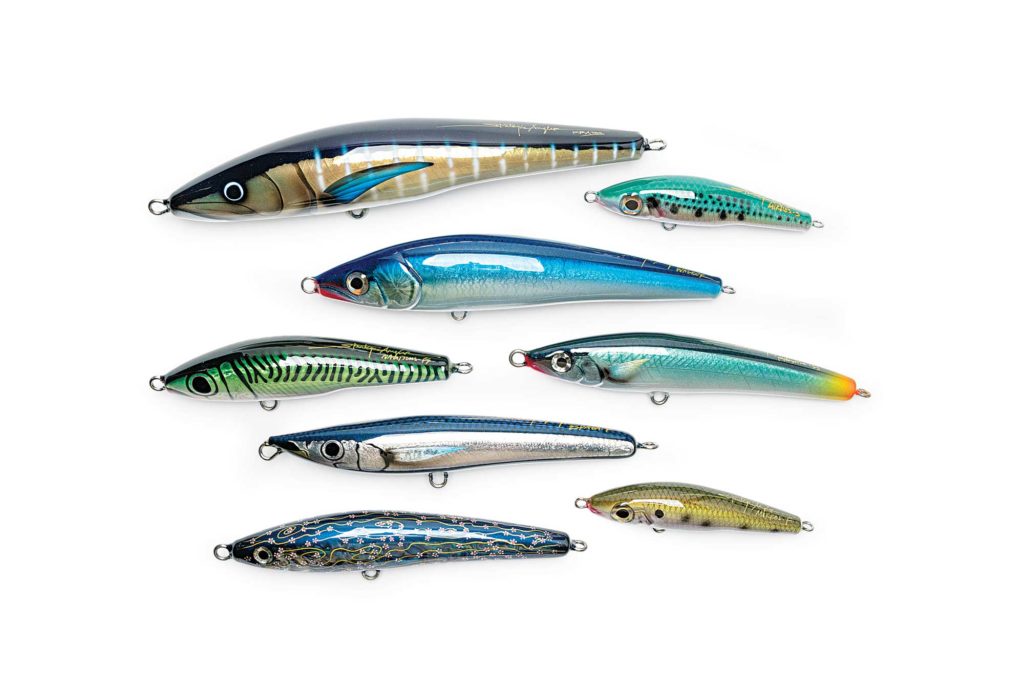
Stickbaits Available in Different Designs
While some experts maintain that these lures have no built-in action, many manufacturers in recent years are designing stickbaits to impart some side-to-side shimmy when retrieved at a steady pace. That’s particularly true for flat-sided stickbaits, Nomad Design lure-maker Damon Olsen says.
However, stickbaiters often eschew steady retrieves for long, slow rod sweeps with significant pauses or fast, hard jerks with short pauses, depending upon the situation, the species and general angler preference.
I suspect that, like me, many stickbait enthusiasts love to cast to the horizon, then crank like crazy while jerking the lure rapidly, effecting a fast-fleeing baitfish. Strikes during such retrieves can be arm wrenching.
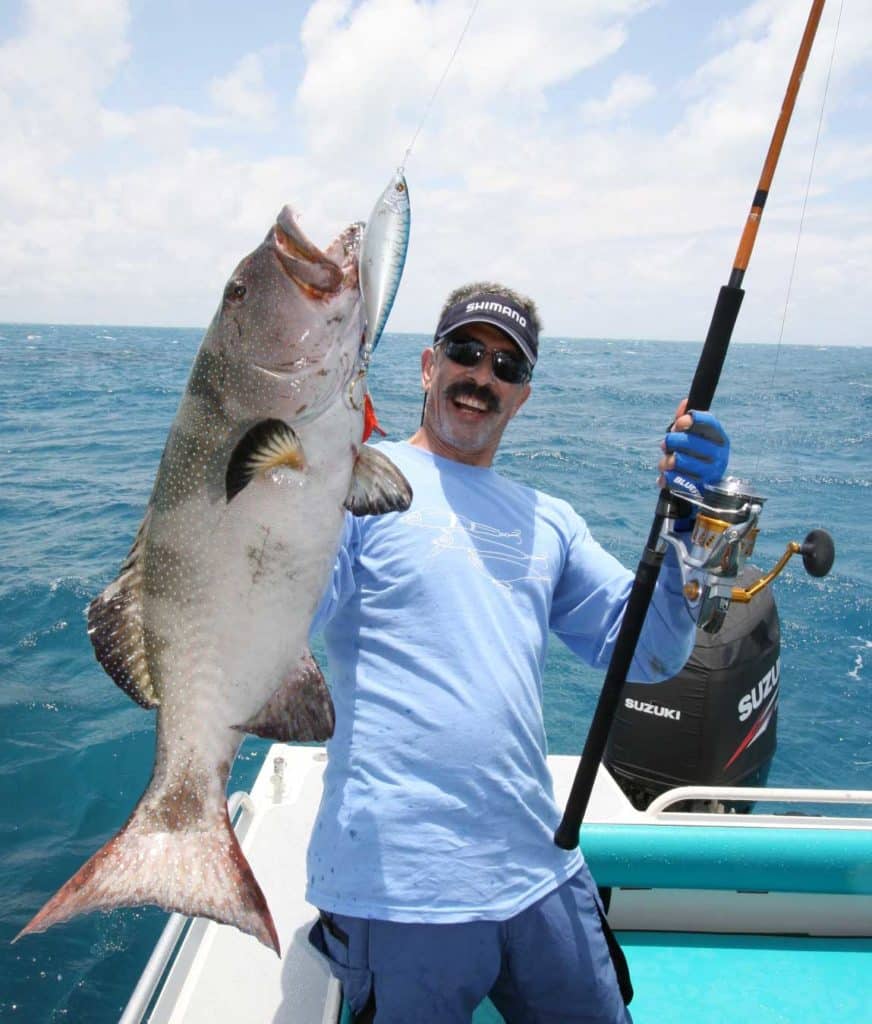
Until their recent spike in popularity, stickbaits were generally handcrafted, as many still are. Often these lures appeared as exquisite in design and finish, painted by artisans creating not just lures, but one-off works of art commanding steep prices. “In the Northeast, where stickbaits have become a staple for casting to tuna, anglers have elevated detail-oriented high-quality-stickbait crafters to near-royalty status,” enthusiast Capt. Jack Sprengel says.
But reasonably priced mass-produced stickbaits will fill spaces in most tackle boxes. Even these tend to be characterized by a variety of striking, often eye-popping finishes, as if compensating in color for their generally plain shape. Most use through-wire construction as well because perhaps no category of lure is more abused by tough game fish than stickbaits.
Stickbaits tend to be fairly heavy for their size, which makes sense because stickbaiters generally want long throws. They’re also, as Strategic Angler Custom Lures’ Merv Rubiano points out, generally ballasted fore or aft, which enhances distance. That weight also makes them eminently throwable even in a stiff wind. Long casts give stickbaits the advantage of covering a great deal of water with each retrieve.
“A well-presented stickbait, when worked with skill by the angler, can create an action that triggers a deep, primal reaction in a predator,” says Siren Lures’ creator Jason Ward.
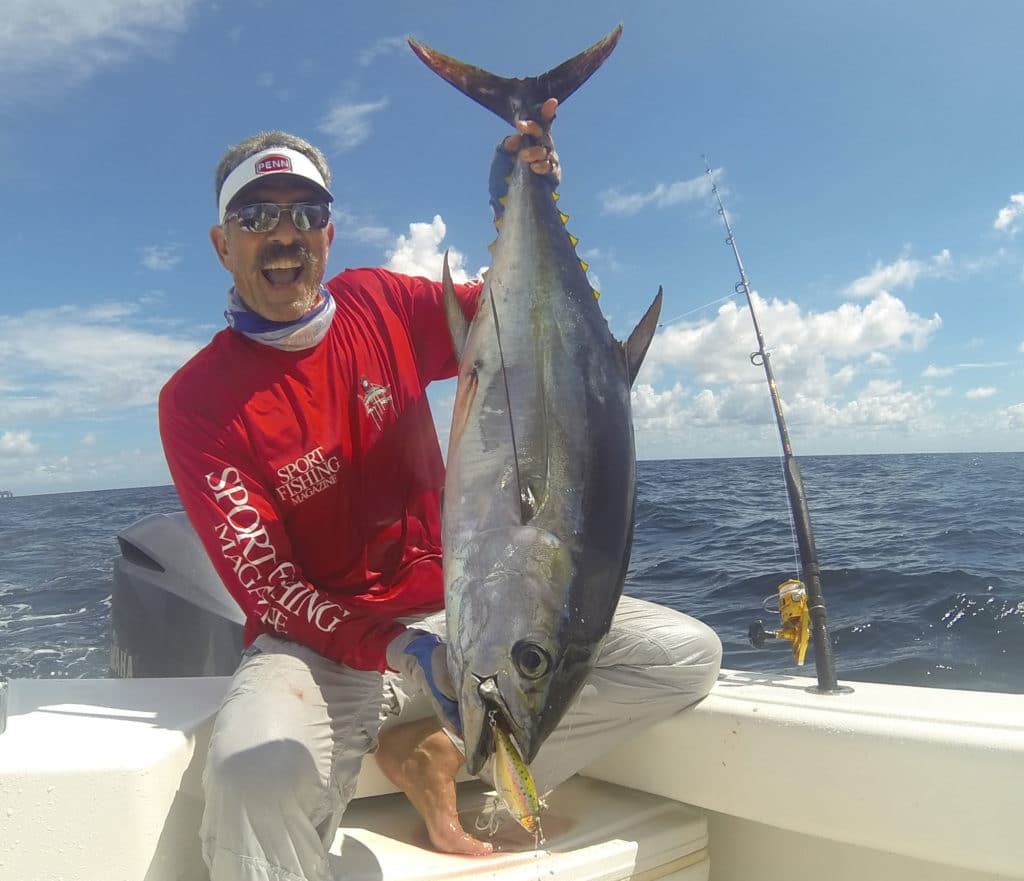
Best Lures for Tuna
Stickbaits continue to gain popularity among tuna enthusiasts who play the run-and-gun game, chasing fish breezing after baitfish on top. Such schools offer exciting but often spooky targets that boats might have difficulty approaching. A heavy stickbait can, with a long rod, be cast a country mile, then given the sort of frantic fleeing action that quickly attracts the attention of predators around a melee.
Anglers in the Northeast increasingly favor large, flat-sided stickbaits for bluefin — as do tuna enthusiasts Down Under, off southeastern Australia, chasing big southern bluefin. (When tuna gorge on sand eels, Rubiano points out, a long, slender stickbait might outfish a flattened design.) Phil Carfagno with Ocean Tackle International goes as far as saying reports he sees on social media suggest stickbaiting for tuna has gone global.
Stickbaits have also been finding favor with Southern California anglers after yellowtail. Australia-based Olsen cites rave reports from his California guides. Rapala’s Chris Beldon, also in Australia, points to the popularity of stickbaits with kingfish (southern yellowtail) enthusiasts there.
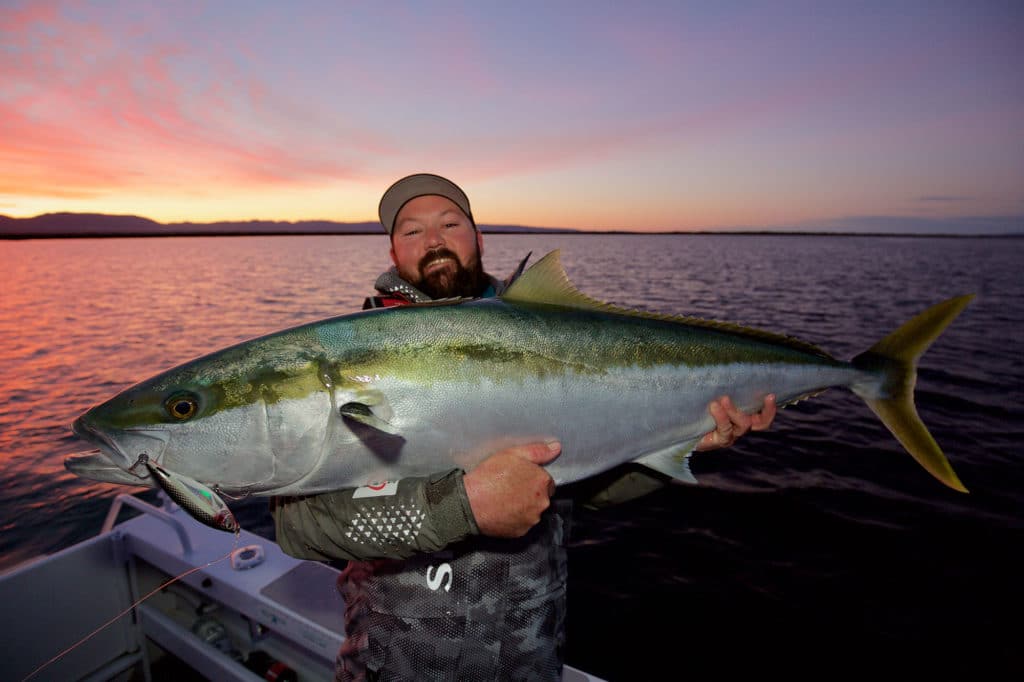
Carfagno suggests that when encountering mahi, an angler would do well to throw a stickbait and watch them chase it down.
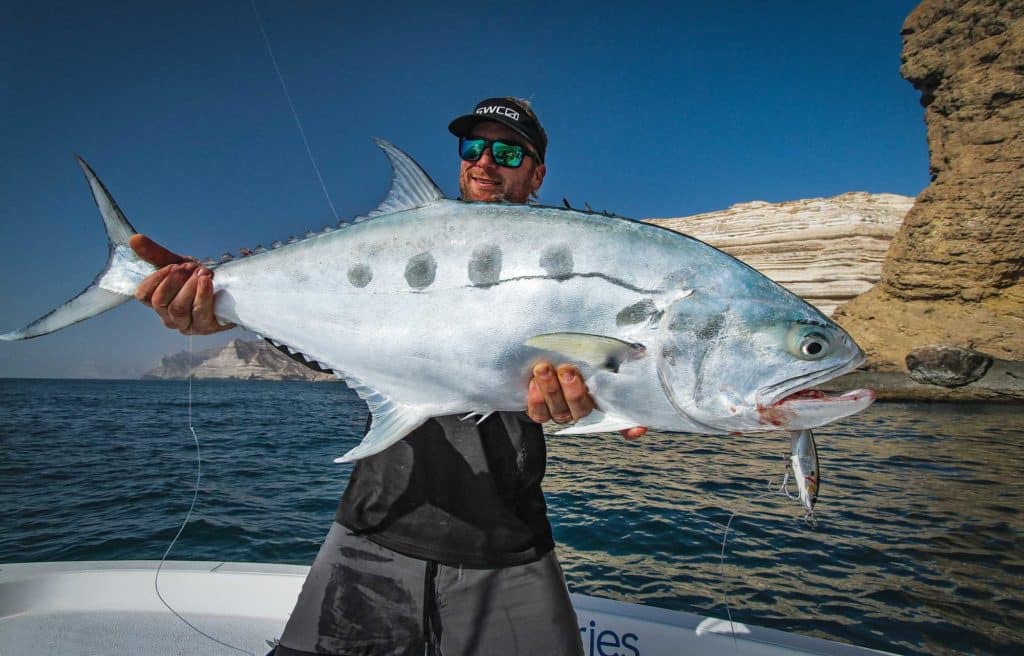
Stickbaits Elicit An Attack Response
Around nearshore coral reefs and rocky headlands, stickbaits can provoke savage strikes. These areas where anglers work large poppers are prime for stickbaiting (and can be the better choice in choppy water when a popper might lose some effectiveness or, as Anthony Dillon with Hanta Rods and Lures points out, when aggressive birds make fishing a topwater difficult). They’ve become a popular item in the arsenals of Central American anglers casting the coast for big Pacific cubera. “Heavy stickbaits are the best lures I know of to catch big cuberas off Panama,” famed lure-designer Patrick Sebile says. Certainly stickbaits serve as a primary weapon for giant trevally in the Indo-Pacific.
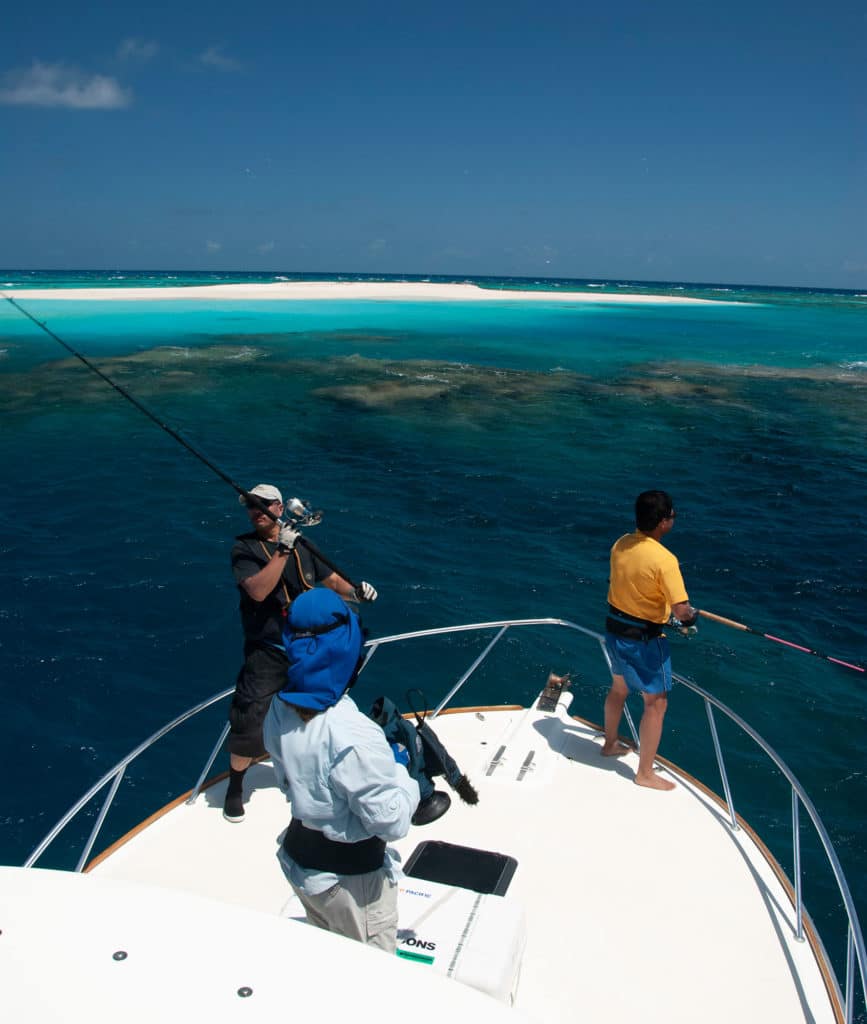
In many cases, stickbaiting nearshore can make for a sight-fishing fest in shallow, clear waters. Seeing large dark shapes come charging upward to chase down a stickbait swimming back toward the boat a few feet below the surface offers major-league thrills. I’ve had the privilege of throwing stickbaits around Coral Sea bommies (huge, tall coral heads) to see the silhouettes of several species come blasting out, each attempting to ambush the prize ahead of the competition — including trevally, big coral trout, red bass and narrowbarred mackerel (fastest of the bunch and one of my all-time-favorite game fish).
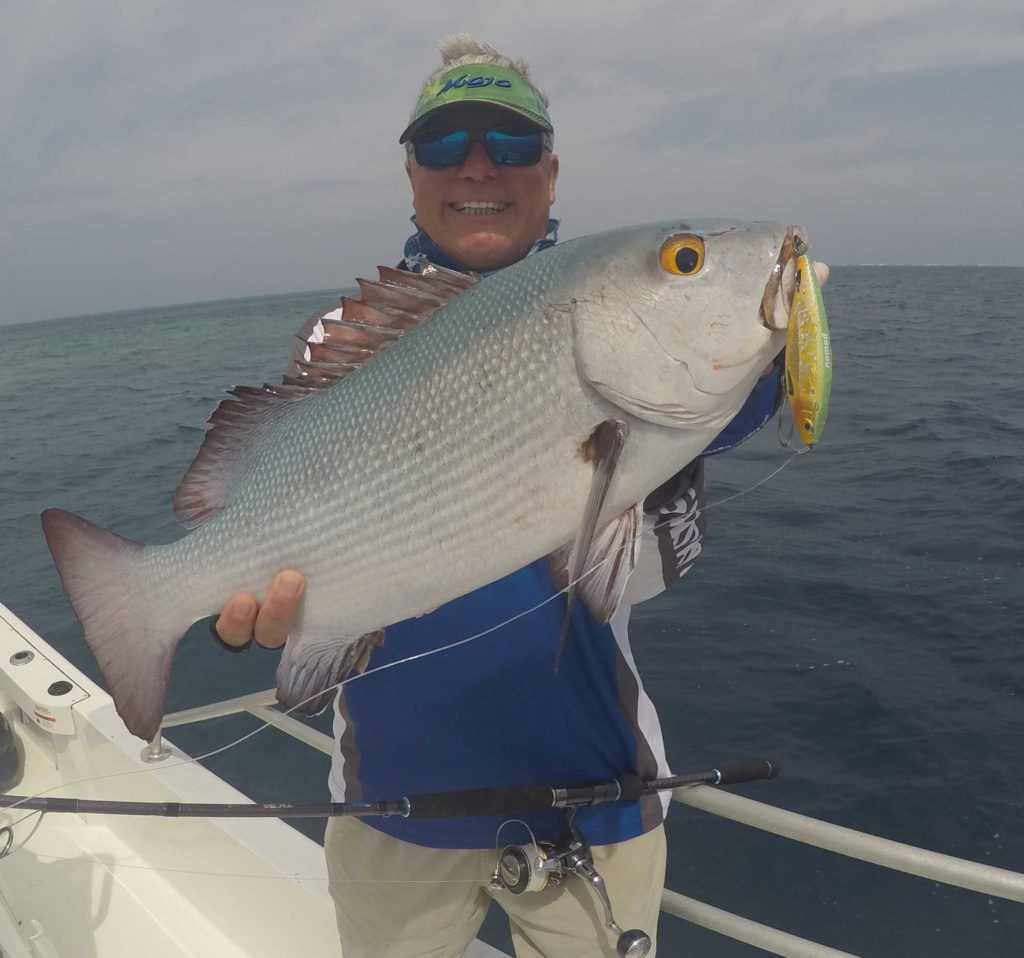
The opportunity to see a lure generate this sort of response really drove home to me that few types of lures more effectively generate an attack response in predatory game fish than does a quickly and erratically darting stickbait.
Many lure-makers offer much-smaller stickbaits designed with the inshore angler in mind. On light gear, these also cast great distances. While any inshore predator might pounce on a stickbait, for many inshore game fish, finesse plugs serve well. I think stickbaits would be a great choice when pursuing schooling and/or fast-moving game fish, which can include bluefish, stripers, little tunny (false albacore), Spanish mackerel and other species likely to respond with reaction strikes.
Retrieve a Stickbait Many Different Ways
Given that many flat-sided stickbaits do wobble side to side when retrieved, Olsen says at times just cranking back a lure as fast as you can turn the handle is the ticket.
On the other hand, some experts favor a far slower retrieve, using long sweeps of the rod and generous pauses. “Most fish don’t like a fast retrieve,” says one of the most experienced stickbaiters around, Sami Ghandour of Saltywater Tackle. He favors pauses that let sinking stickbaits fall into deeper water. With longer, more cylindrically shaped stickbaits, Olsen says, a slower retrieve with frequent pauses will work best — in effect, a subsurface walk-the-dog action.
And a slower retrieve with pauses means the lure remains in the strike zone longer on each cast, Halco’s Ben Patrick adds.
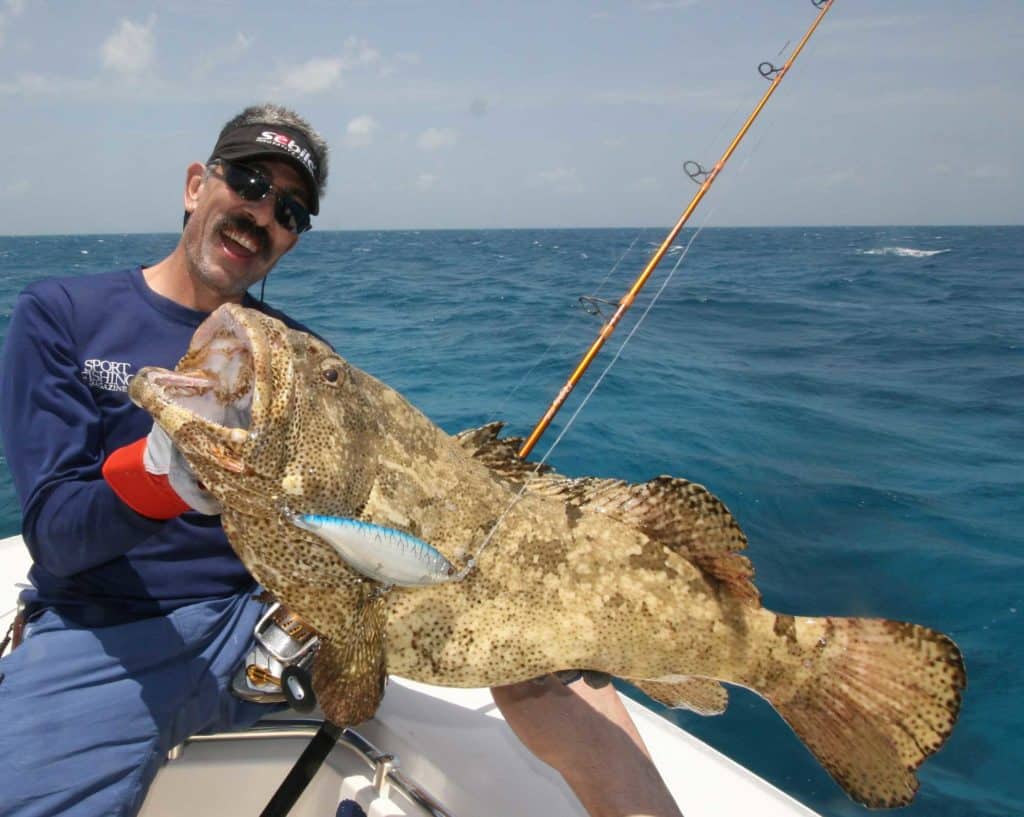
Sprengel advises his anglers to think about conditions before they cast, and where the lure will “swim” upon retrieve in relation to current, structure and, if present, fast-swimming predators. For example, the stickbait should “flee” away from the fish, not right into them, Sprengel says.
Sebile counsels stickbaiters to vary their retrieves, particularly when looking for an optimal approach in a given situation — so bring one cast in hard and fast, the next slow with pauses, and so on, to gauge what works in that place and time. But Sprengel suggests not varying the retrieve during a cast; rather, he suggests, maintain a pace and cadence from the time the stickbait touches down until it’s back at the boat.
As for gear, many experts emphasize that for fishing subsurface stickbaits, a stiff popping rod is less than ideal. Shimano’s Adam Lytton says that “these lures require the softer tip of a fast- or extra-fast-action rod” to work them optimally with varied retrieves.
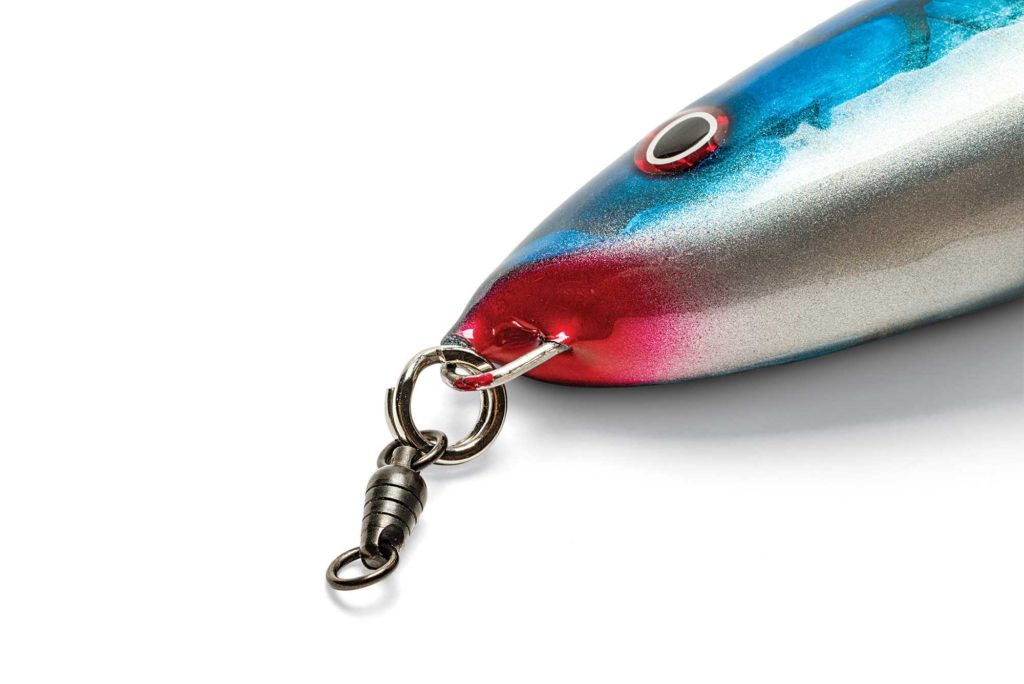
Stickbaits are Versatile
The category of stickbaits includes some of the largest (and certainly the heaviest) of casting lures, up to 12 inches or more. Often, when pursuing quarry such as cubera snapper or monster bluefin, fishermen might favor the largest lures they can throw. Similarly for GT, Chris Henry with Shimano Australia says often the largest stickbaits seem to most effectively get the attention of trevally.
But many experts, including Rubiano, favor smaller stickbaits when trying to match a hatch (or at times operating on the elephants-eat-peanuts scenario). Some will even intentionally vary from “the hatch”: Lure designer Mads Grosell suggests that target fish might focus attention on and chase down lures deviating from prevalent baitfish size — going a bit larger or smaller.
Read Next: Topwater Fishing: A Guide to the Most Popular Lures
For lure-maker Ben Patrick, a stickbait of 150 millimeters or about 6 inches works well for the great majority of game fish.
Sebile says he favors the big sticks but relies on a great range of sizes, depending. The range of sizes and styles with which these lures can be fished is key, Sebile says, acknowledging their great adaptability.
“The beauty of stickbaits is their versatility,” Henry agrees. “The more ways you can work them, the more applications you’ll find for using them.”
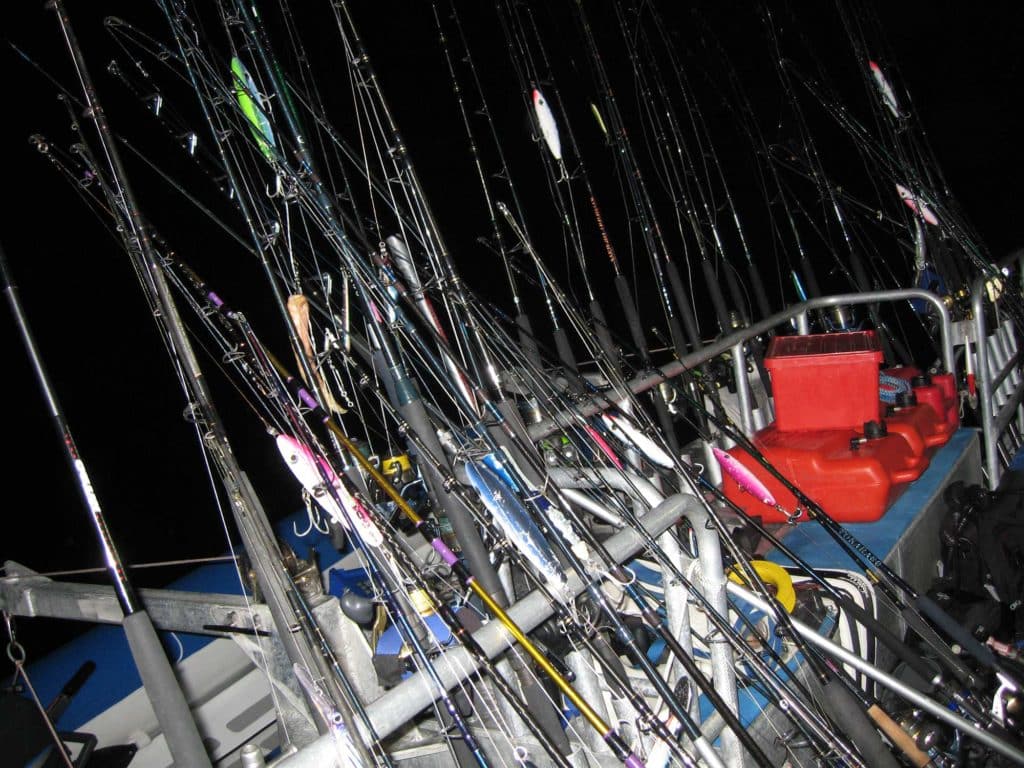
Popular Stickbait Lures
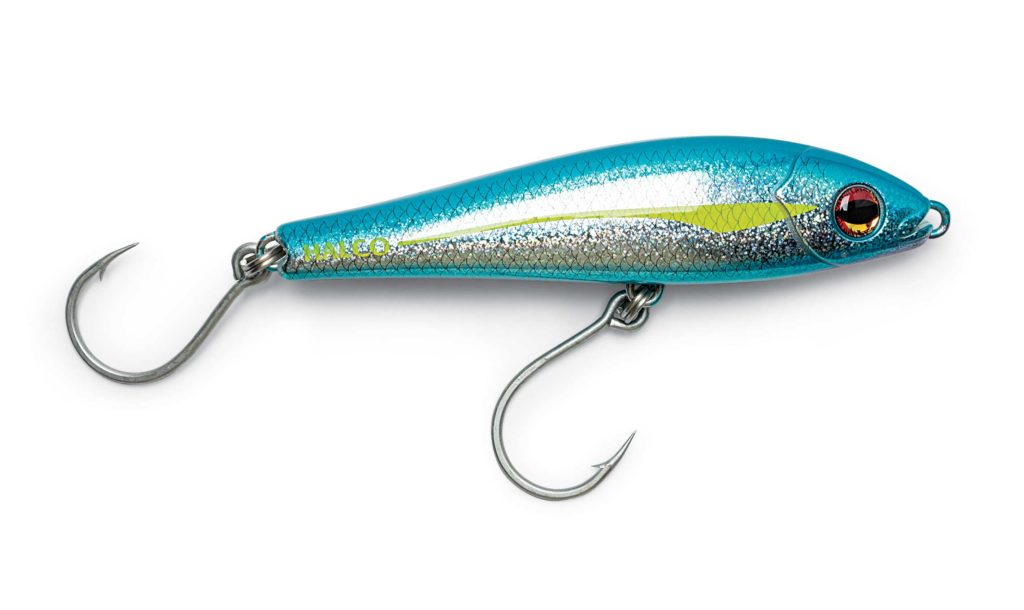
Stickbait Showcase
Halco Tackle
Perth, Australia / halcotackle.com Material/Construction: ABS Plastic
Sink Rate: Medium
Hooks: Mustad 7/0 in-line singles
Lengths and Weights: 6 inches, 2¾ ounces
Colors: Nine patterns
Comments: New this fall; heavy-duty side-wall construction offers “ultimate strength” and durability
Price: $20 Jon Whittle / Sport Fishing
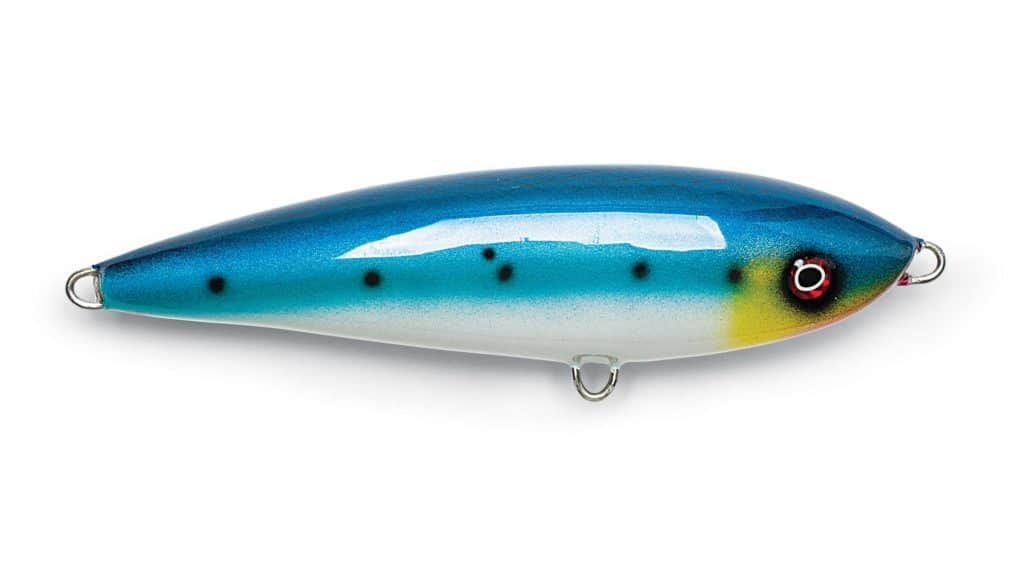
Hanta Rods and Lures
Zimbabwe, Africa / hantarodsandlures.com Material/Construction: Kiln-dried mahogany/through-wired
Sink Rate: Fast (remains horizontal)
Hooks: Not provided
Lengths and Weights: 8 inches, 5.6 ounces
Colors: Three standard patterns; infinite hand‑painted options for custom orders
Comments: Includes tin insert for balance and action; uses seven layers of epoxy
Price: $45 ($75 custom) Jon Whittle / Sport Fishing
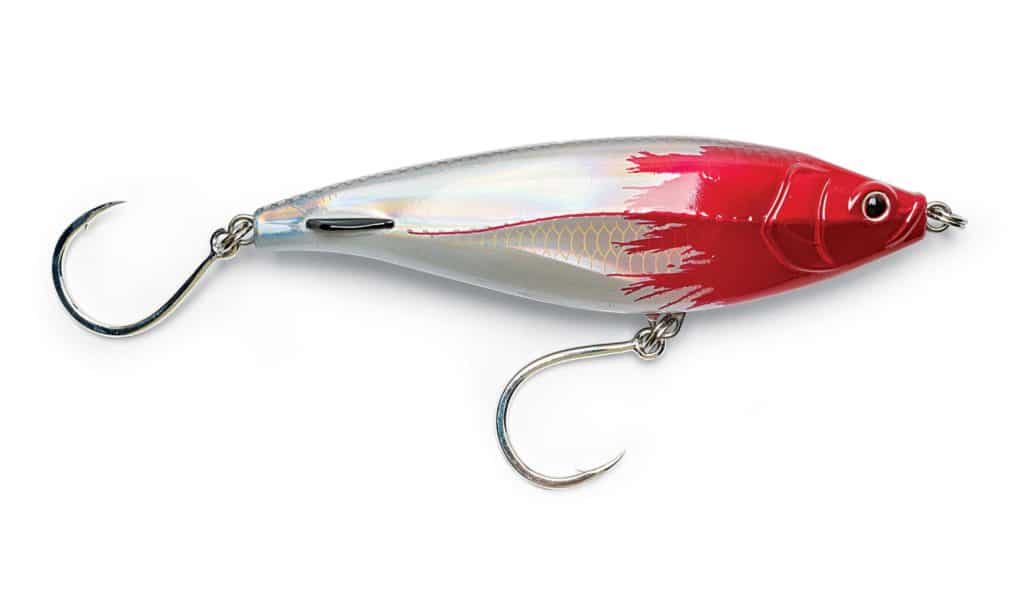
Nomad Design Tackle
Cairns, Australia; Lewes, Delaware / nomaddesigntackle.com Material/Construction: HD ABS plastic, foam-filled body/through-wired
Sink Rate: Medium and fast models
Hooks: BKK in-line singles
Lengths and Weights: 3¾ to 7½ inches; ¾ to 7½ ounces
Colors: 14 patterns
Comments: Flattened head, scalloped sides and small tail wings add action
Price: $14 to $35 Jon Whittle / Sport Fishing
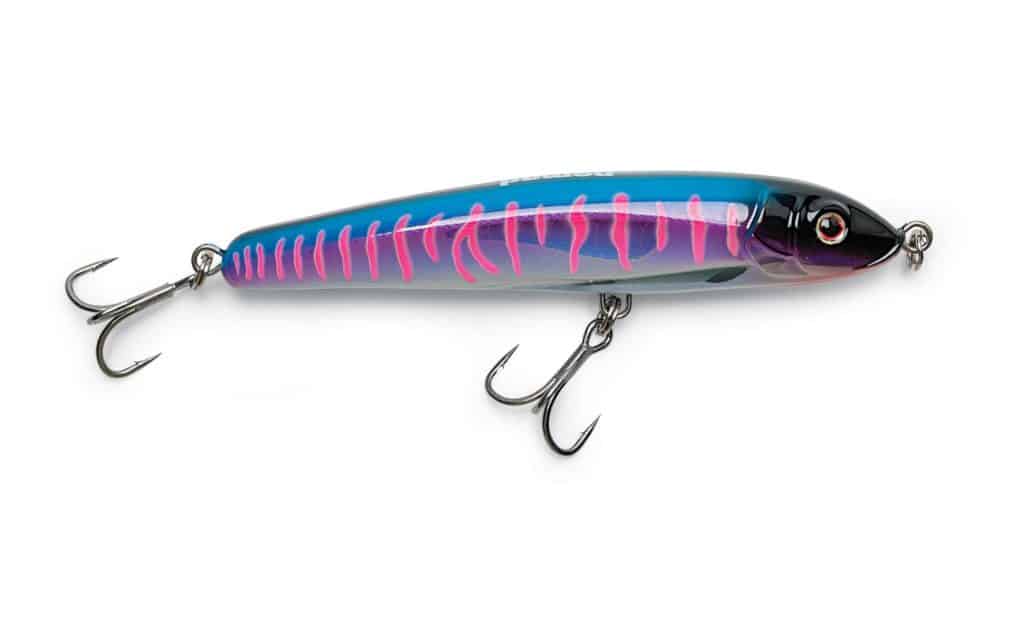
Nomad Design Tackle
Cairns, Australia; Lewes, Delaware / nomaddesigntackle.com Material/Construction: HD ABS plastic, foam-filled body/through-wired
Sink Rate: Slow and medium models
Hooks: BKK trebles
Lengths and Weights: 4¾ to 8 inches (sinking); 1¼ to 3¾ ounces
Colors: 12 patterns
Comments: Weighted strategically to turn nearly 180 degrees when twitched upon retrieve
Price: $13 to $37 Jon Whittle / Sport Fishing
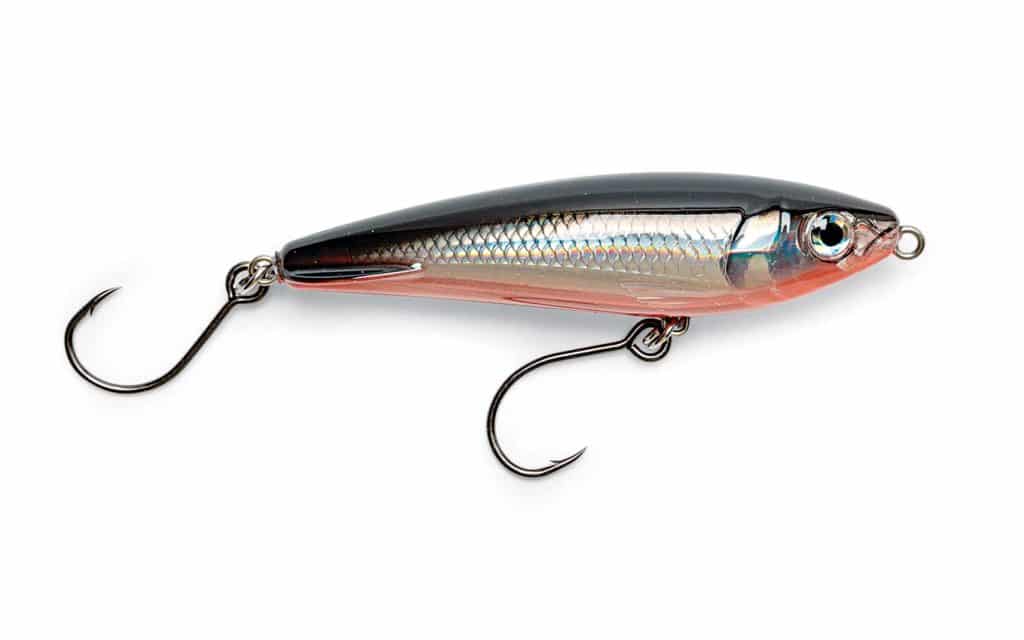
Rapala
Minnetonka, Minnesota / rapala.com Material/Construction: Thermoplastic polymer
Sink Rate: Slow
Hooks: 1x VMC Coastal Black in-line singles
Lengths and Weights: 2¾ and 3½ inches, 7/16 and ¾ ounces
Colors: 17 patterns
Comments: Slow sink works well for a glide-and-drop technique
Price: $10 Jon Whittle / Sport Fishing
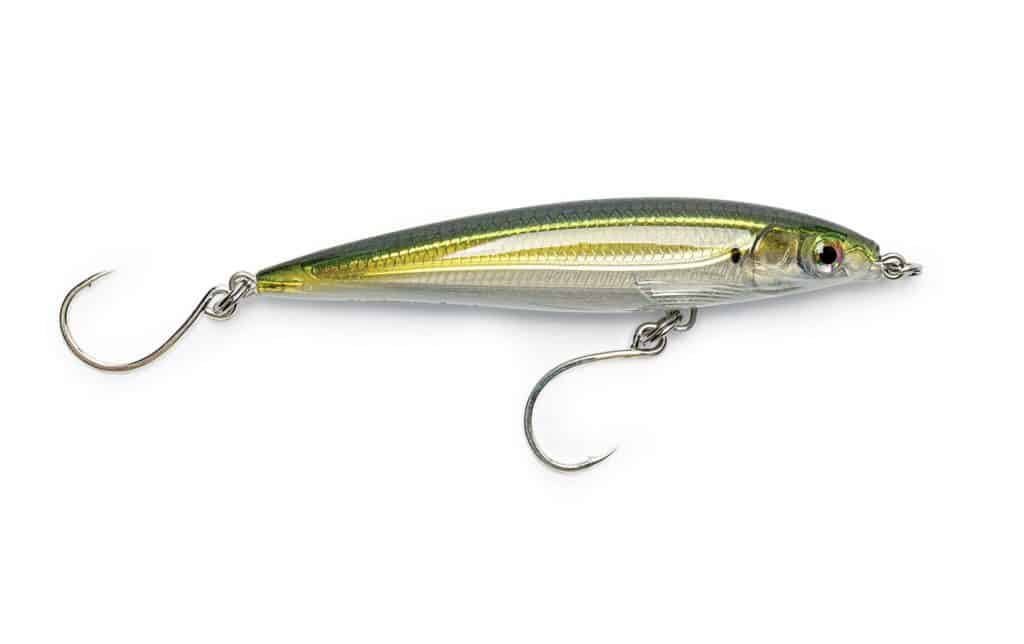
Rapala
Minnetonka, Minnesota / rapala.com Material/Construction: Thermoplastic polymer
Sink Rate: Medium
Hooks: 4x VMC in-line singles
Lengths and Weights: 4¾ and 5½ inches, 1 and 1¼ ounces
Colors: 18 patterns
Comments: Flutters horizontally on the fall
Price: $14 to $15.50 Jon Whittle / Sport Fishing
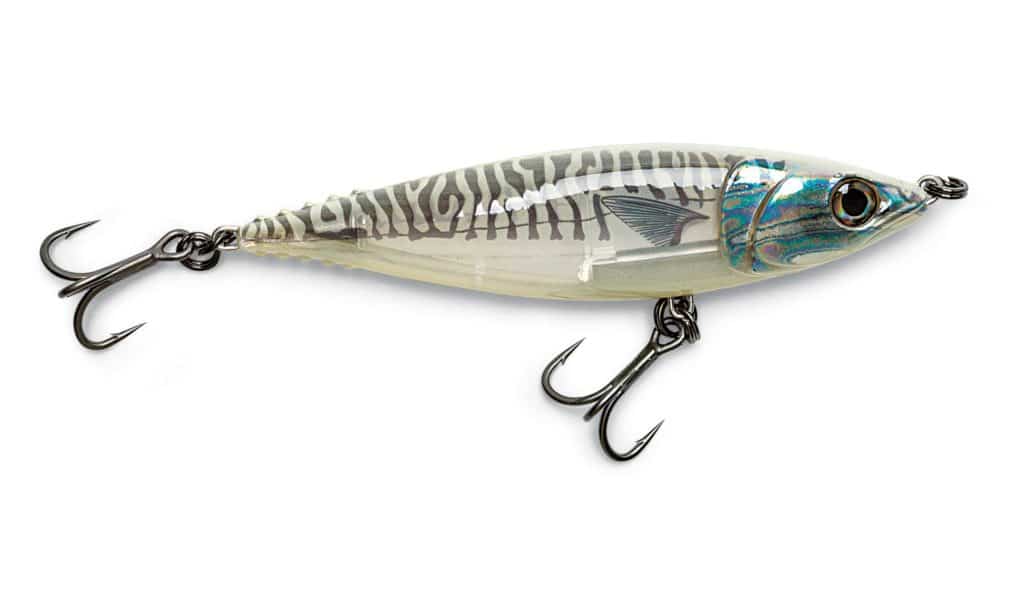
Savage Gear
Miami, Florida / savagegear-usa.com Material/Construction: ABS reinforced/through-wired
Sink Rate: Slow
Hooks: Owner ST66 trebles; included with lure are in-line singles
Lengths and Weights: 130 mm/5.1 inches, 170 mm/6.7 inches, 210 mm/8.3 inches; 1.8, 3.1 and 7.4 ounces, respectively
Colors: Five patterns
Comments: Pattern based on actual scan of real mackerel
Price: $18 to $22 Jon Whittle / Sport Fishing
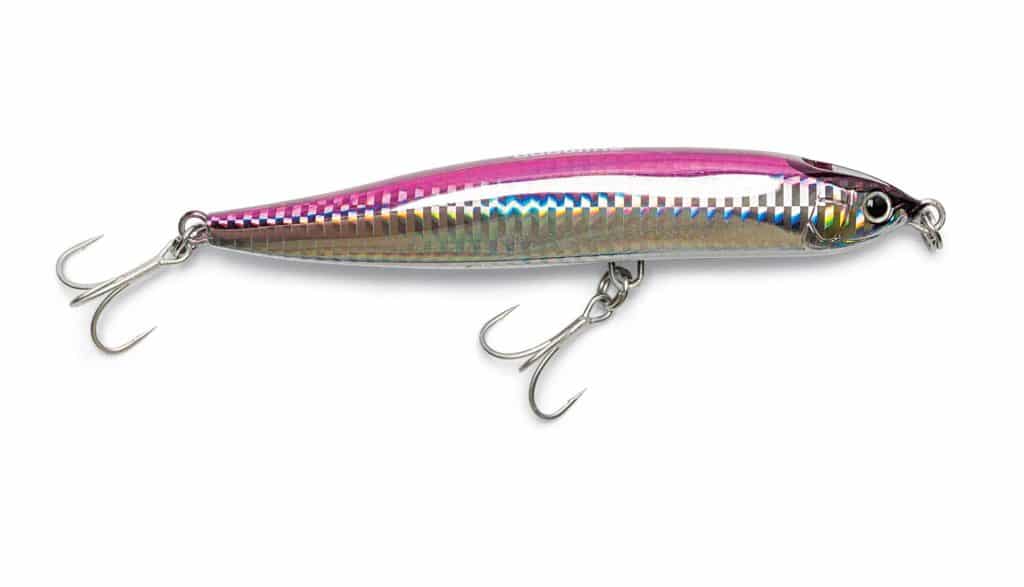
Shimano
Irvine, California / fish.shimano.com Material/Construction: ABS plastic
Sink Rate: Slow
Hooks: Trebles
Lengths and Weights: 4¾ and 5½ inches, 1.1 and 1.9 ounces
Colors: Eight patterns
Comments: Propulsion Weight Transfer System lets internal weight slide back during cast for greater distance
Price: $14 and $15 Jon Whittle / Sport Fishing
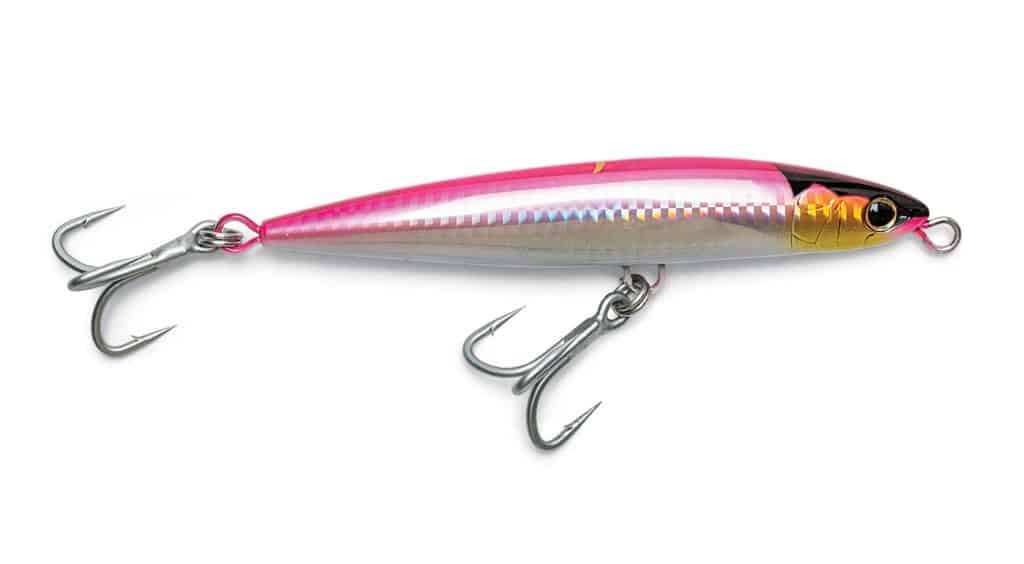
Shimano
Irvine, California / fish.shimano.com Material/Construction: ABS plastic
Sink Rate: Medium
Hooks: Trebles
Lengths and Weights: 5½ inches, 2 ounces
Colors: Eight patterns
Comments: See Coltsniper Sinking Stickbait
Price: $26 Jon Whittle
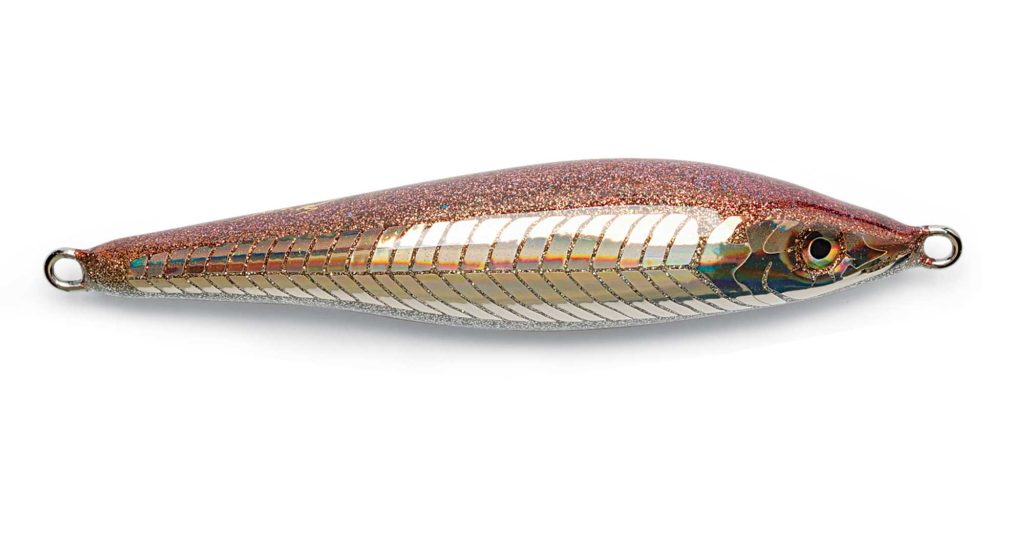
Siren Lures
Boston, Massachusetts / facebook.com/sirenlures Material/Construction: Two-part high-impact urethane resin/through-wired
Sink Rate: Fast
Hooks: Not provided (recommends BKK Diablo in-line single)
Lengths and Weights: 6.3 inches, 3.4 ounces
Colors: 20-plus (constantly changing; finish includes multiple coats of epoxy)
Comments: Compact, heavy lure casts far and sinks quickly, but retains glide-and-wobble action; lacks belly-hook hanger
Price: $83 Jon Whittle
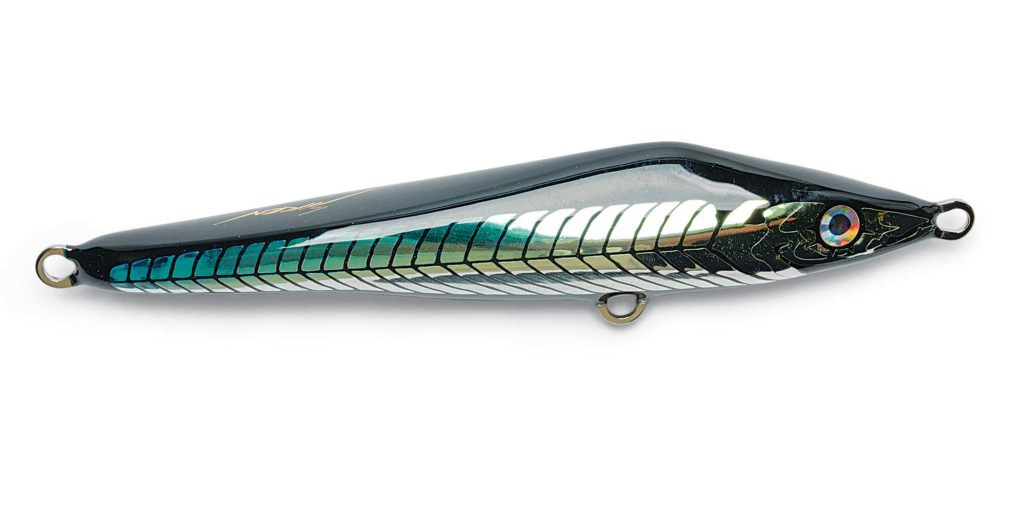
Siren Lures
Boston, Massachusetts / facebook.com/sirenlures Material/Construction: Two-part high-impact urethane resin with one-piece laser-cut marine-grade stainless-steel-plate frame/through-wired
Sink Rate: Extremely fast
Hooks: Not provided (recommends BKK Diablo in-line singles)
Lengths and Weights: 4.9 to 8.9 inches, 1.6 to 7.4 ounces (five sizes in total)
Colors: 20-plus (constantly changing; finish includes multiple coats of epoxy)
Comments: While straight, hard crank-back is effective, primarily designed to sink deep, then slowly worked up with twitches
Price: $76 to $90 Jon Whittle
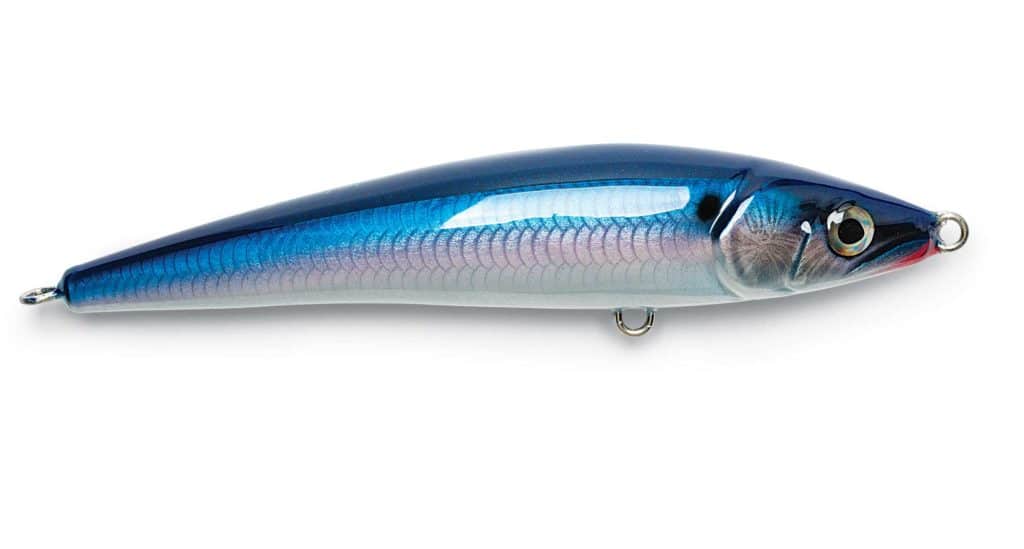
Strategic Angler
Charlotte, North Carolina / strategicangler.com Material/Construction: Solid-core, high-impact injection-molded plastic/through-wired
Sink Rate: Slow to fast (depending on hooks used)
Hooks: Not provided
Lengths and Weights: 10 inches, 6.5 to 7 ounces
Colors: Unlimited (hand-painted)
Comments: Designed to imitate Atlantic mackerel
Price: $100 Jon Whittle
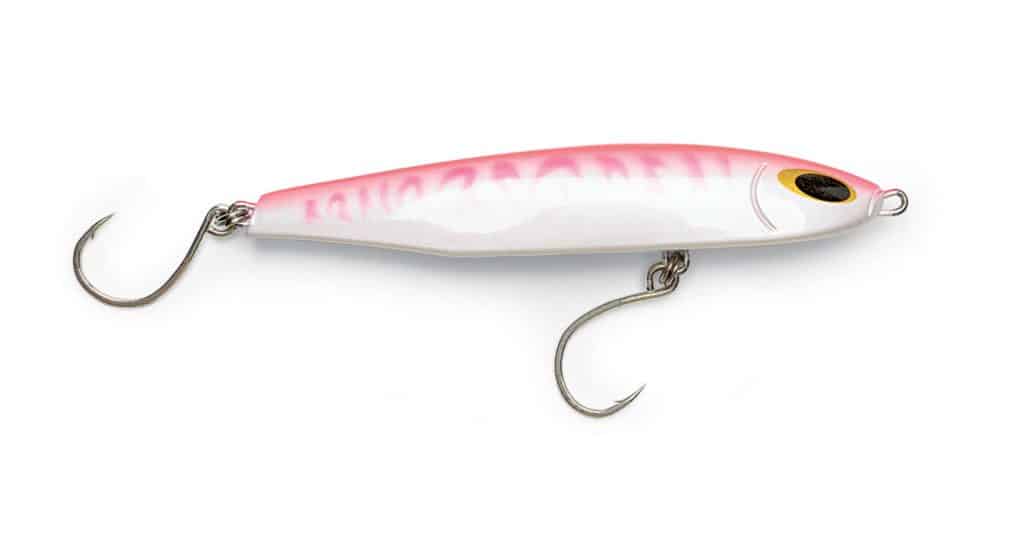
Williamson
Minnetonka, Minnesota / rapala.com/williamson Material/Construction: Plastic/through-wired
Sink Rate: Medium-fast
Hooks: Heavy-duty VMC in-line singles
Lengths and Weights: 5.1 inches, 2 ounces
Colors: 10 patterns
Comments: Flutters horizontally on the fall
Price: $13.40 Jon Whittle
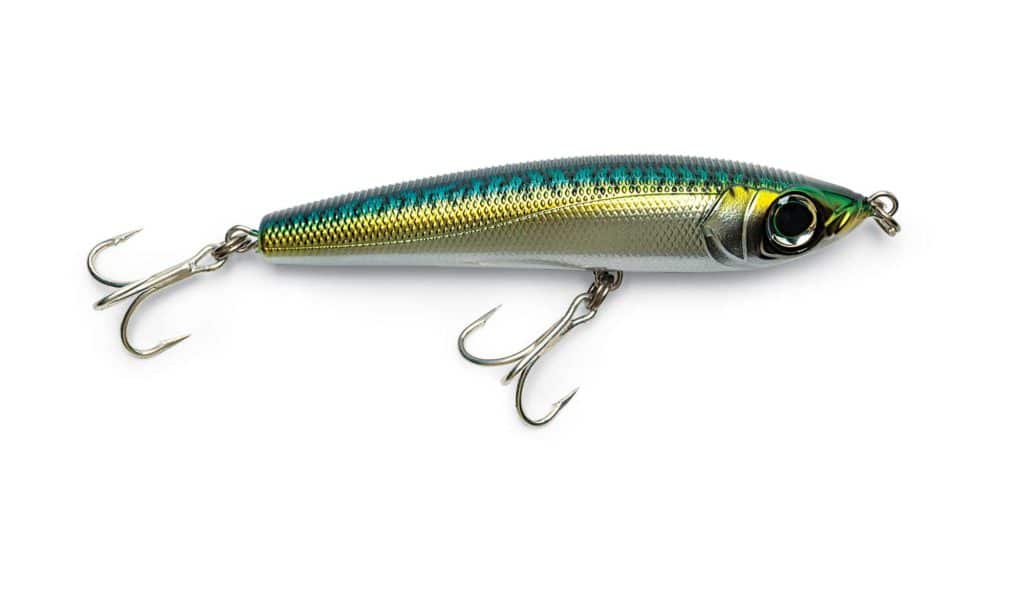
Yo-Zuri
Port St. Lucie, Florida / yo-zuri.com Material/Construction: Proprietary “Power Body” Plastic/through-wired
Sink Rate: Slow
Hooks: 3x trebles
Lengths and Weights: 5½ inches, 2½ ounces
Colors: 10 patterns
Comments: Uses Yo-Zuri’s patented Color Change Technology
Price: $20 Jon Whittle

